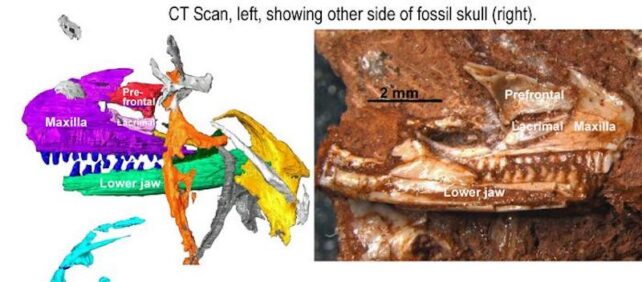The long-standing problem concerning the “reverse sprinkler” has been tackled by applied mathematicians at New York University. The question of what would happen if a sprinkler sucked in water instead of ejecting it has puzzled physicists for decades, including the renowned Richard Feynman. Now, a recent paper published in Physical Review Letters presents the solution to this conundrum, challenging conventional understanding.
According to co-author Leif Ristroph from NYU’s Courant Institute, their study combines precise laboratory experiments with mathematical modeling to unravel the operation of a reverse sprinkler. The researchers determined that a reverse sprinkler spins in the opposite direction when taking in water, compared to when ejecting it. This unexpected finding is the result of subtle factors.
This is not the first time that Ristroph’s lab has delved into intriguing real-world problems. In the past, they have explored diverse topics such as perfect bubble formation, the formation processes of “stone forests,” and the aerodynamics of paper airplanes. Additionally, they have constructed a working Tesla valve, investigated water flow, and examined the complexities of good paper airplane aerodynamics.
The reverse sprinkler problem, although associated with Feynman, actually originated from a chapter in Ernst Mach’s 1883 textbook. Nevertheless, it gained broader attention when Feynman engaged in debates at Princeton University in the 1940s, culminating in an explosive experiment conducted in the cyclotron laboratory.
Despite the initial intuition that a reverse sprinkler would function similarly to a regular sprinkler operating in reverse, the physics behind it are more intricate. As Feynman mused in his memoir, Surely You’re Joking, Mr. Feynman, different individuals held conflicting perspectives on the rotational direction of the reverse sprinkler.













